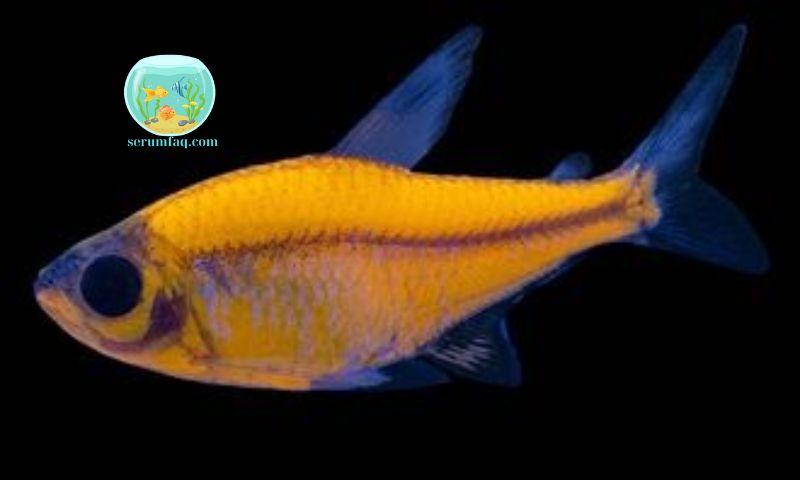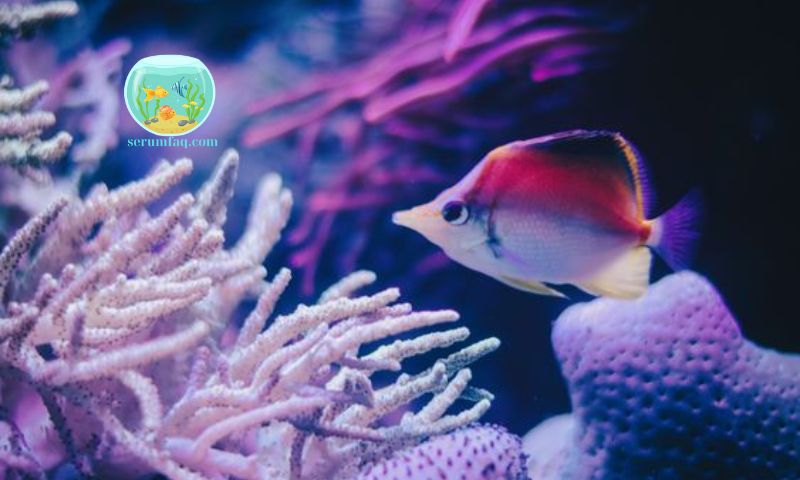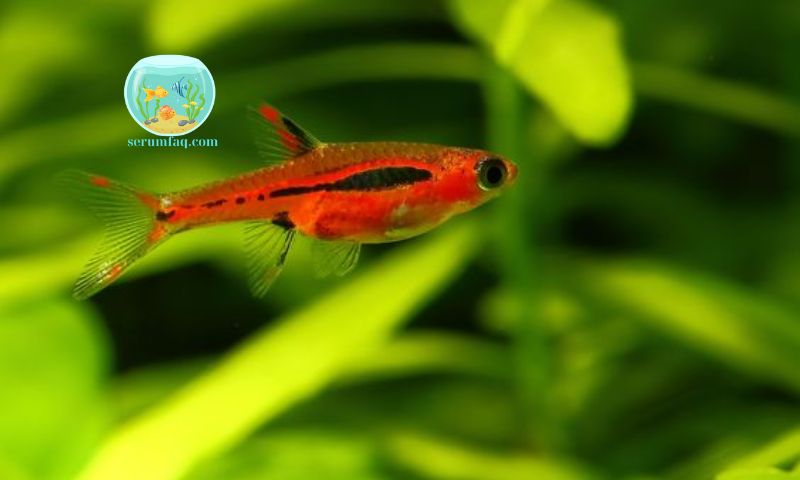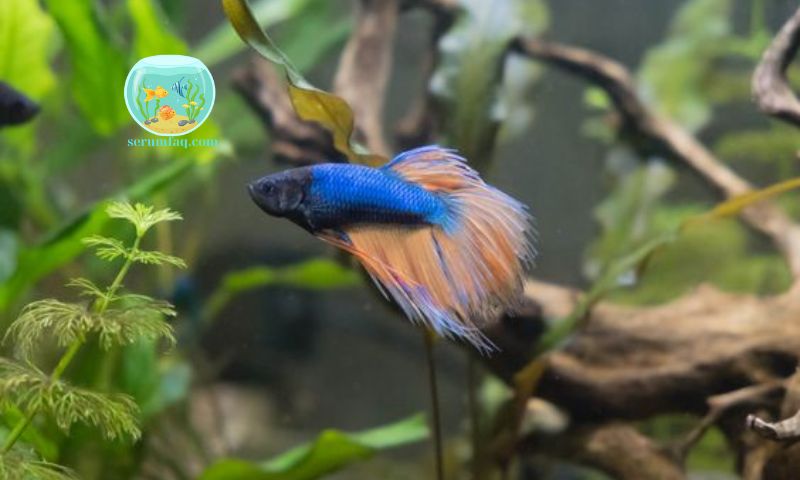Fish experiencing water shock can be a critical issue in aquarium and fish tank environments. This condition occurs when fish are subjected to sudden changes in their aquatic habitat, leading to stress, illness, and even death if not promptly addressed. In this comprehensive guide, we’ll delve into what water shock is, its causes, symptoms to watch for, and effective strategies for prevention and treatment.
What is Water Shock?

Water shock, often referred to as “shock” or “stress,” is a critical physiological reaction observed in fish when confronted with sudden and drastic alterations in their aquatic habitat. Fish, being remarkably sensitive organisms, are finely attuned to the particular parameters of their water environment. These parameters include factors such as temperature, pH levels, dissolved oxygen content, and salinity, among others.
When these environmental conditions experience rapid fluctuations that surpass the fish’s capacity to adjust, it triggers a state of stress. This stress response can have detrimental effects on the fish’s overall well-being and health.
The severity of water shock varies depending on the magnitude and speed of the environmental changes. For instance, a rapid increase or decrease in water temperature beyond what the fish can tolerate can lead to thermal shock. Similarly, abrupt changes in pH levels or dissolved oxygen can also induce stress.
In response to these stressors, fish may exhibit a range of physiological and behavioral changes. Physiologically, they may experience increased heart rate, elevated cortisol levels (a stress hormone), and suppressed immune function. Behaviorally, fish might become more agitated, show erratic swimming patterns, or even become lethargic and less responsive.
Causes of Water Shock
Several factors can trigger water shock in fish:
1. Rapid Temperature Changes: One of the most common causes of water shock is sudden fluctuations in water temperature. Fish are ectothermic, meaning their body temperature is regulated by their surroundings. A rapid drop or rise in water temperature can stress their metabolism and immune system, making them more susceptible to diseases.
2. Sudden pH Fluctuations: Changes in pH levels can also induce water shock. Fish have specific pH requirements depending on their species. A sudden shift in pH can disrupt their internal balance, affecting their respiratory function and overall well-being.
3. Ammonia or Nitrite Spikes: Accumulation of ammonia or nitrites in the water can occur due to overfeeding, overcrowding, or inadequate filtration. These substances are toxic to fish and can lead to severe stress and even death if not mitigated promptly.
4. Introduction to New Water Sources: When transferring fish from one tank to another or introducing them to a new environment, sudden exposure to different water parameters can shock their systems. It’s crucial to acclimate them gradually to minimize stress.
Symptoms of Water Shock

Recognizing the symptoms of water shock early is vital for timely intervention:
1. Behavioral Changes: Fish may exhibit unusual behaviors such as lethargy, hiding, or frantic swimming patterns. They may also become more aggressive or withdrawn than usual.
2. Physical Signs: Visible signs include gasping at the water’s surface, fin deterioration, or color changes. Stress-related conditions like cloudy eyes or lesions may also appear.
3. Stress-related Issues: Stressed fish often lose their appetite and show reduced immunity to diseases. They may be more vulnerable to infections or parasites due to weakened defenses.
Preventing Water Shock

Prevention is key to mitigating the risks associated with water shock:
1. Gradual Acclimatization: When introducing new fish or changing water sources, acclimate them slowly by gradually mixing water from their current and new environments over some time. This helps them adjust to new conditions without experiencing shock.
2. Regular Monitoring of Water Parameters: Maintain stable water conditions by monitoring temperature, pH, ammonia, nitrite, and nitrate levels regularly. Invest in quality testing kits and adjust conditions as needed to keep parameters within optimal ranges.
3. Use of Buffering Agents or Stabilizers: Buffering agents can help stabilize pH levels, providing a more consistent environment for fish. Stabilizers can also be used to neutralize harmful substances like ammonia and nitrites, reducing the risk of toxicity.
4. Proper Quarantine Procedures: Before introducing new fish into an established tank, quarantine them in a separate tank for observation and treatment if necessary. This prevents the spread of diseases and allows new arrivals to adjust gradually to captive conditions.
Treatment of Water Shock
In cases where fish are already exhibiting signs of water shock, immediate action is crucial:
1. Stabilize Water Conditions: Address any sudden changes in water parameters by performing partial water changes using properly conditioned water. This helps dilute toxins and restore a more stable environment.
2. Medications and Remedies: Consult with a veterinarian or experienced aquarist for appropriate medications or remedies to alleviate stress and treat underlying conditions. Follow dosage instructions carefully to avoid further complications.
3. Consulting with Experts: For severe cases of water shock or persistent symptoms, seek professional advice from a fish veterinarian or aquatic specialist. They can provide tailored treatment plans and guidance based on the specific needs of your fish species.
Conclusion
Understanding and addressing water shock in fish is essential for maintaining their health and well-being in aquarium environments. By identifying potential causes, recognizing early symptoms, and implementing preventive measures, aquarists can minimize the risks associated with water shock and create a safer, more stable habitat for their fish.

